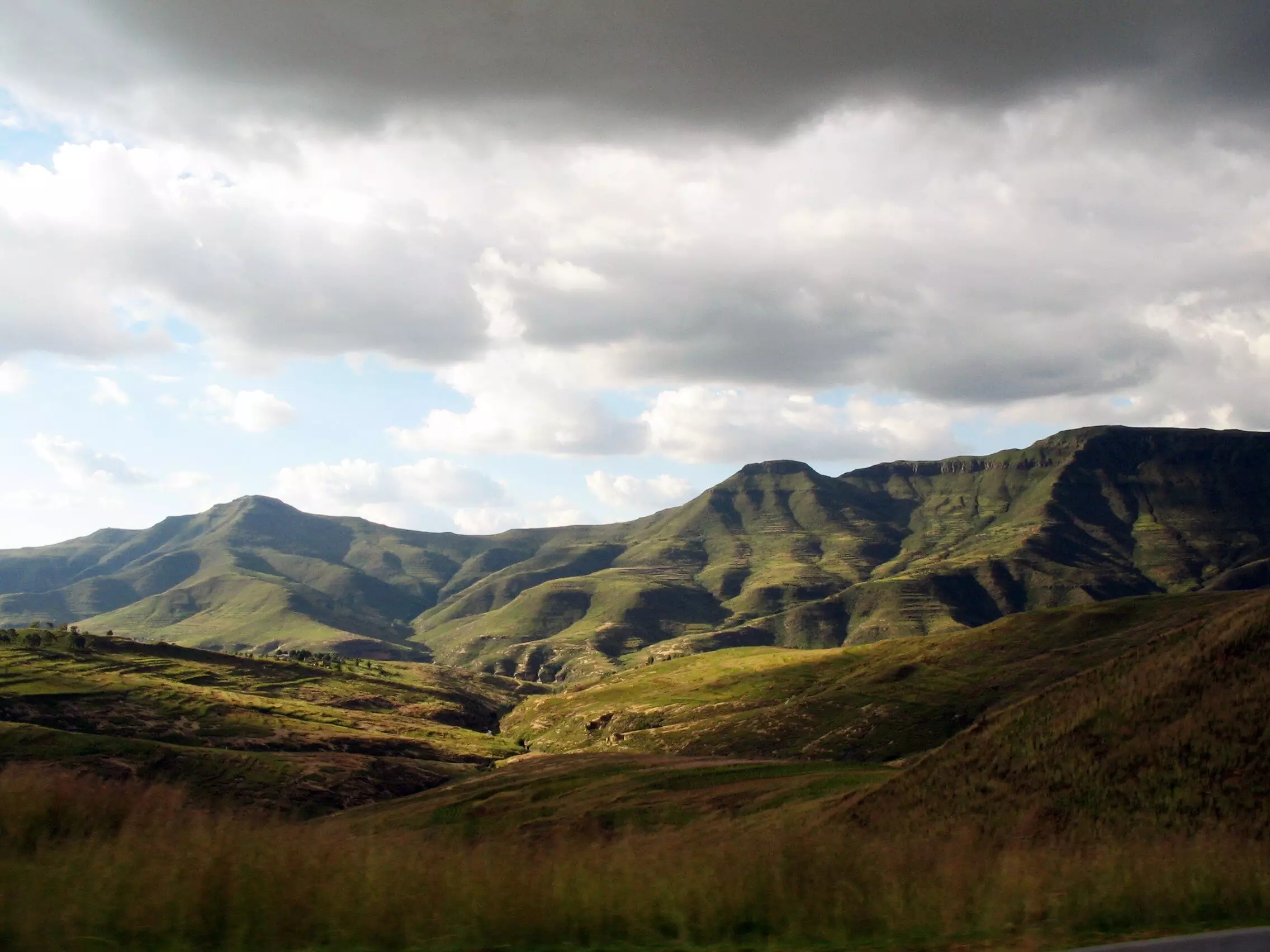Recent research conducted by a team of scientists at the University of Southampton has shed new light on a significant geological phenomenon: how certain stable regions of continents continually rise, ultimately contributing to the formation of impressive geological features such as plateaus and escarpments. This work addresses a long-standing question in plate tectonics, linking the mechanical processes inherent in tectonic plate shifts to vertical movements within continental interiors. Their findings were published in the August 8 issue of the esteemed journal Nature, marking a pivotal point in our understanding of Earth’s geological evolution.
The common belief surrounding the formation of geologic formations like the Great Escarpments—steep, towering cliffs that often sideline ancient rift valleys—has shifted dramatically. Previously, scientists speculated as to what processes initiated such formations, particularly when distinct geological regions distanced from rifting zones exhibit signs of uplift and erosion.
Cratons, the stable cores of continental landmasses, have long intrigued geologists who have struggled to explain their vertical movements. The study, led by Professor Tom Gernon and his team, uncovers a complex relationship between rifting events and subsequent geological reactions. They discovered that significant tectonic activity, notably the splitting of continental plates, initiates powerful subterranean waves that can provoke considerable uplift—sometimes exceeding a kilometer—in certain continental regions.
The study challenges traditional views by suggesting that areas previously deemed stable are, in fact, influenced by deeper mantle activities triggered by rifting events. The collaboration with researchers from institutions like the Helmholtz Centre Potsdam speaks to the global importance of understanding these processes, as similar phenomena can be observed across various regions of the Earth.
Employing advanced computer models and statistical techniques, the research team delved into the dynamics of land surface response to tectonic plate breakup over extensive geological timescales. Their simulation results unveiled a correlation between the initiation of mantle waves and erosion events that have historically shaped landscapes, particularly in Southern Africa following the breakup of the supercontinent Gondwana.
This critical finding illustrates that the mantle’s motions not only impact the crust directly above but have far-reaching consequences for the geological fabric of continents. The analogy of a hot-air balloon releasing weight to ascend aptly encapsulates the isostatic process whereby the removal of heavy geological layers allows for vertical uplift, fundamentally disrupting prior assumptions about continental stability.
Interestingly, as the mantle waves propagate beneath the continent, they generate significant erosion across the landscape, reminiscent of a ripple effect where certain topographical features give way to expansive elevated regions, or plateaus. This duality of uplift and erosion plays a crucial role in shaping the configurations of Earth’s surface as we observe them today.
Professor Jean Braun’s commentary on the landscape evolution models indicates that the interplay between rifting and subsequent erosion leads to the formation of both escarpments and plateaus simultaneously. This phenomenon highlights how deeply interconnected processes can motivate dramatic changes in regions we thought were ancient stalwarts of stability.
The researchers’ study elegantly illustrates that the impacts of tectonic shifts extend beyond mere geological formations. The resultant changes influence not just regional topography, but inadvertently affect climate patterns, the distribution of flora and fauna, and even human settlement dynamics. The ripple effects stemming from mantle disturbances can significantly modify climatic conditions, potentially altering ecosystem viability over millions of years.
As Professor Gernon pointed out, the destabilization of continental interiors due to tectonic activity suggests that Earth’s climate has been influenced more profoundly by geological movements than previously appreciated. This discovery prompts a reevaluation of historical climatic narratives and their association with geological events.
This groundbreaking research from the University of Southampton immerses us in a nuanced understanding of how plate tectonic processes—specifically continental rifting—can engender complex geological phenomena far removed from rifting zones. As our knowledge expands, we are reminded of the intricate tapestry of interactions that govern Earth’s surface features, contributing to a greater comprehension of our planet’s evolutionary history. The implications of these findings may unfold through various scientific arenas, ultimately enriching our pursuit of knowledge regarding Earth’s past, present, and future.


Leave a Reply